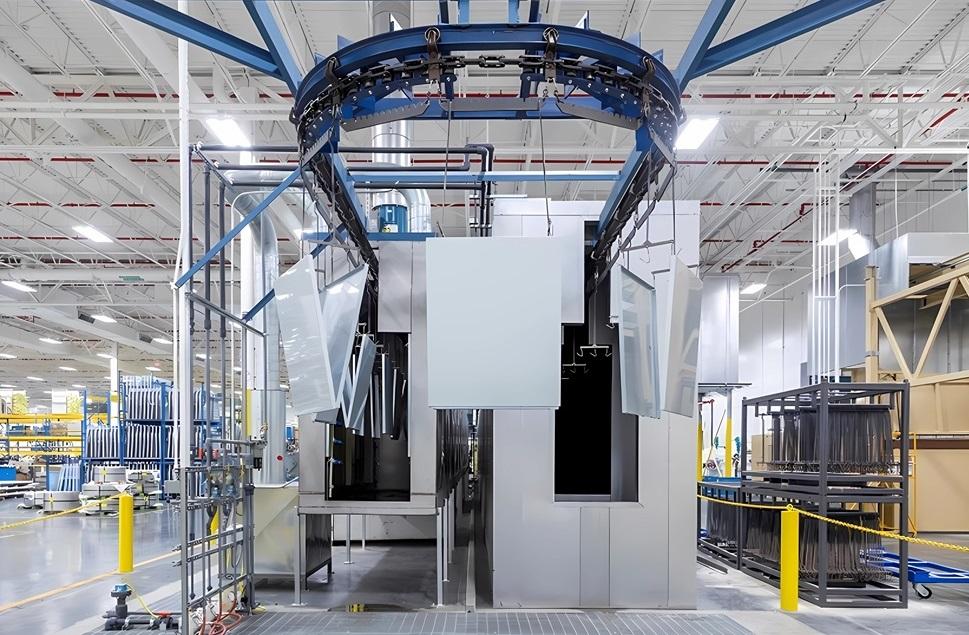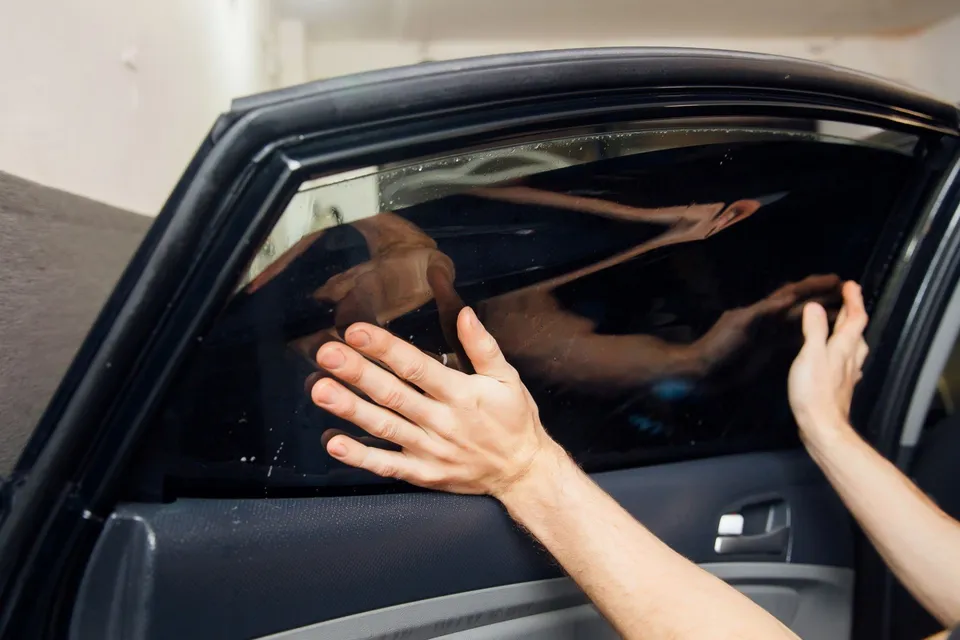The choice of a trenchless pipe lining method depends on the diameter of the well required, the characteristics of the landscape and soil, the material of the pipes to be laid, and the presence or absence of existing communications. Natural water bodies, aerial and underground infrastructure, green spaces, and buildings are not affected if pipeline construction works are carried out using a trenchless method.
The Advantage
There are many implementation options, but among the four main methods can be distinguished: rehabilitation, drilling, and drilling of the ground, horizontal directional drilling.
The obvious advantages over trenching are as follows:
- Shortening the working time
- Cost minimization for landscaping restoration
- Maintain the operation of infrastructure facilities in normal mode
- Reduce the impact in environmentally sensitive areas
A liner is a rehabilitation option used for pipes where negligible diameter reduction is possible. If the actual service life of metal pipes is exhausted, and it is feared that they will work until the next breakthrough, they are pre-cleaned of calcium deposits, rust, and sand. Let us now look at the initial steps in the trenchless pipelining process.
The Preparation Phase
A polyethylene liner is prepared in the form of a sleeve, which is prefilled from the inside with a polymer composition evenly distributed along the entire length. This polymer stocking under the pressure of water or air is straightened inside the pipe, at the same time that it is turned over so that the previously applied composition adheres to the walls of the pipe.
The Next Step
After the sleeve has filled the entire segment of the worn pipe, the polymerization process takes place under the influence of temperature. As a result, both the strength of the communications and their performance increase.
The Coating Application
Another coating technology is to lay new polypropylene pipes from inside the old existing ones. In this way, steel, ceramic, fiber cement, cast iron, concrete, and reinforced concrete pipes with a diameter of 200-315 mm are replaced.
Rehabilitation Method
Trenchless pipe lining also uses the reconstruction and replacement of the pipeline by the rehabilitation method. The rehabilitation method is used in cases where the need for a total or partial replacement of the existing pipe was revealed during the audit.
With the help of rehabilitation, the following problems are effectively solved:
- Clogging of pipe sections and formation of cracks
- Destruction of local branches of communications by tree roots
- The threat of pipe rupture due to corrosion
Depending on the state of communications and the tasks set, they resort to overflow or renewal technology.
Conclusion
Trenchless pipe lining is a quick and inexpensive way to renew a pipe and increase its performance despite a slight reduction in the internal diameter of the pipes. In this case, it is necessary to take into account that a seam of about 15 mm is formed at the joints of PVC pipes, and from it, it is necessary to measure the space between the inner diameter of the old pipe and the outer surface of the new pipe. Due to the low hydraulic resistance of plastic pipes, performance does not deteriorate even with a decrease in diameter.





